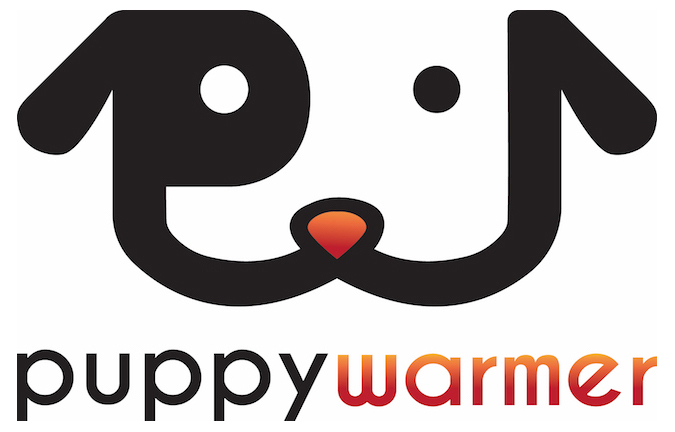Do you have a reference chart for the right temperature for a puppy by age?
The short answer is “no.” The long answer follows. All of our lives would be simpler if there was just one answer to that question. There are more facets to choosing the right temperature for a puppy by age. The condition of the puppy is important. The behavior of a puppy inside the incubator is generally the determinant to fine tune the required incubator temperature.
We learn a lot from first time users of our products and people who borrow an incubator. If you are lending a Puppywarmer incubator to someone, please take a moment to share how it has changed the way you care for neonatal puppies. Your story will help understand the product better. Please also make sure it is set for 88°F–or a temperature appropriate for the condition of the puppies.
The basics:
Puppywamer incubators ship preset to 88°F. This is a general purpose temperature that benefits most puppies. Some people never change the set temperature from the original setting of 88°F. Most neonatal puppies regulate their temperature to 11°F above ambient temperature. The standard setting will help most puppies achieve an internal body temperature of 99°F.
We encourage you to continue reading. Over the course of time a deeper understanding will help you save the puppies that are not like most puppies.
A deeper understanding
C-Section puppies a generally kept at 90°F until warm dry and fed. Many breeders do the same. In the case of a breeder, for most puppies, the incubator temperature is returned to 88°F after the last puppy is warm dry and fed.
If a puppy is in an incubator, it generally does not fall into the “most puppies” category. A puppy in an incubator could be:
- Small for gestational age (SGA). Roughy 40% or less of a normal birth weight for the breed. Many SGA Puppies have difficulty regulating internal temperature due to the appearance of little or no body fat and a smaller overall body mass. Often puppies in this condition need to start out at 90°F.
- Premature. Premature puppies also have greater than average difficulty maintaining internal body temperature. Often they are kept at 90°F for the first few days of life.
- Some breeds, such as Bulldogs and French Bulldogs are kept in the incubator longer. They are often kept at 90°F for the first few hours and 88°F for the next few days. From there, the incubator temperature is lowered based upon the behavior of the puppy.
- Canine Herpes Virus. If your puppy or puppies have be diagnosed with Canine Herpes Virus, a treatment exists to elevate environmental temperature to 100°F for several hours. This raises the internal body temperature of a puppy so that the Virus cannot replicate and some of the virus is killed off. We strongly recommend working out the treatment protocol with your veterinarian.
- Cleft palate. Often cleft palate puppies do well at 88°F. There are cases where the cleft palate puppy has trouble putting on weight and may need to be at 90°F for several days.
While the above examples are common reasons that a puppy would find itself in an incubator. Our experience is that all puppies are not alike. There could be something about its specific condition that requires more fine tuning of the environmental temperature.
While all puppies are not alike, almost all behave in a similar fashion in response to internal body temperature. When you look for these behaviors, you understand your puppy’s needs better.
- Curled in a “C”. A puppy curls in a “C” to preserve as much body temperature as possible. Essentially, it is limiting the amount of surface area exposed to the air to reduce heat loss. If this is a primary behavior the environmental temperature is too cold.
- Puppy pile. This is another behavior to reduce the amount of surface area exposed to the air. The environmental temperature is too cold.
- Spending the majority of the time pressed against the glass. The puppy is maximizing the amount of skin surface against a cooler object (glass exposed to room temperature) to reduce internal temperature. This puppy is too warm.
- “Laying out long.” In this case the puppy is at a comfortable internal temperature and is adjusting body position to have more surface area exposed to the infrared wavelengths emitted by the Puppywarmer heater. A puppy can “lay out long” on their stomach, side or back.
- “Laying on back.” This is a very comfortable pup.
- Moving between the center and glass. The puppy is actively fine tuning its internal body temperature. The movement helps the puppy get stronger sooner.
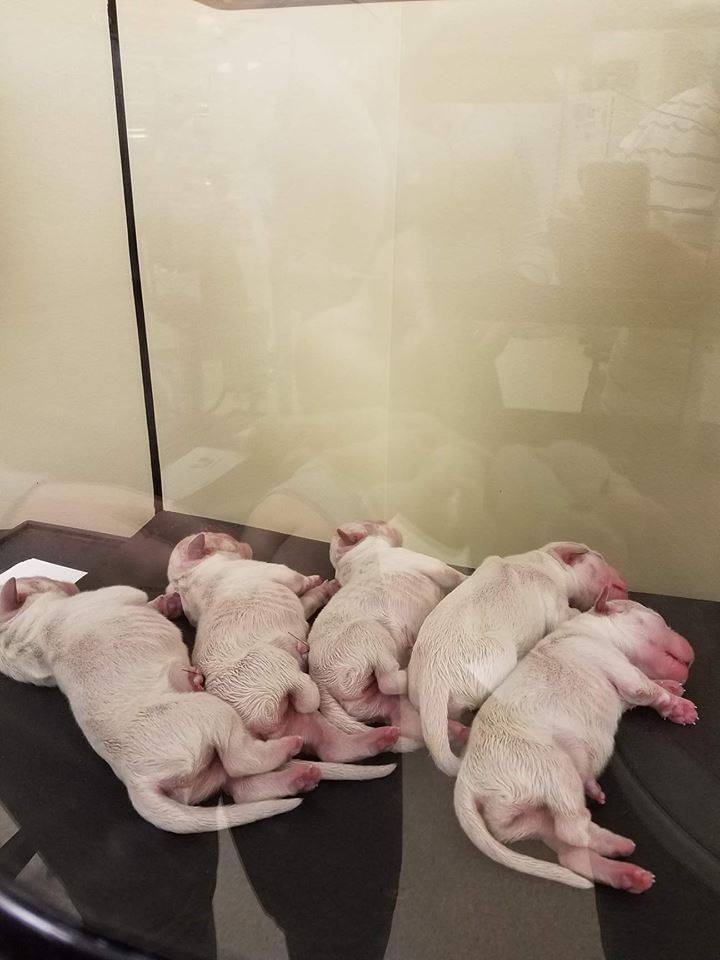
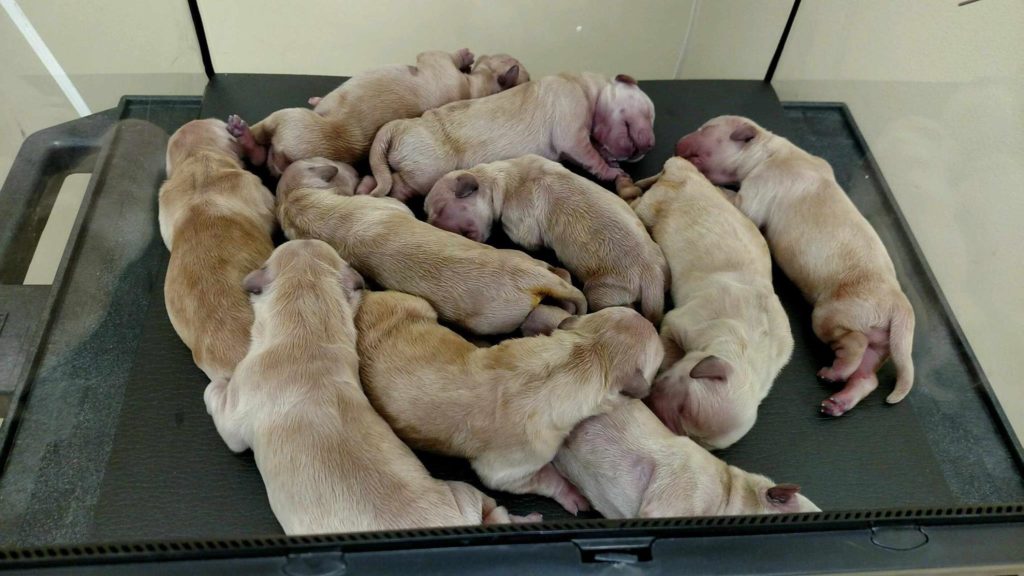
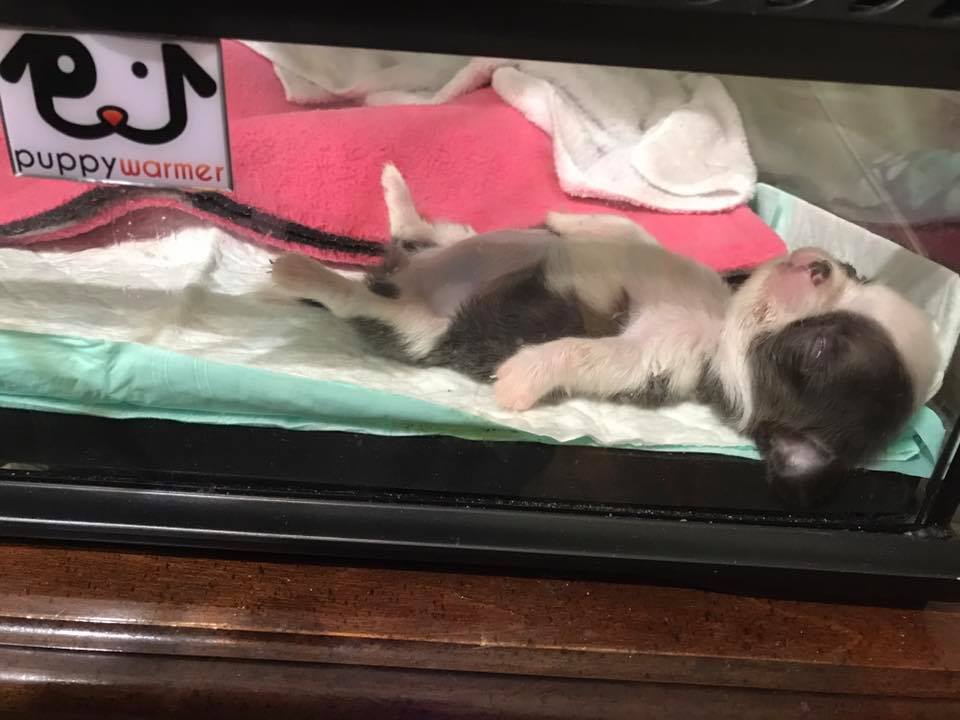
To change the temperature of an incubator:
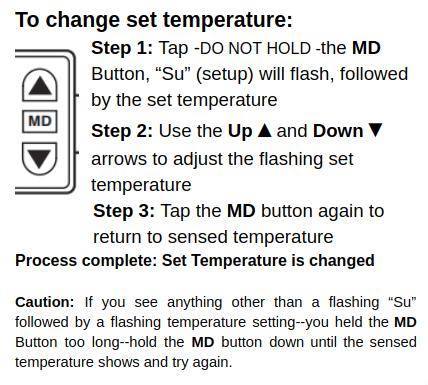
Puppywarmer has a private facebook page called “Team Puppywarmer” where users of Puppywarmer systems help each other save puppies. Rescue, Breeders and Vet Techs offer insights to one another. Topics can go beyond the operation of the incubator and oxygen concentrator. It has proven to be an excellent resource.
If you are reading this page, you were probably hoping for a simpler answer. Neonatal puppies are fascinating. Understanding the behavior of your specific puppy is key to fine tuning their environmental temperature. Once you are better able to identify the behaviors, your puppy saving skills become stronger.
